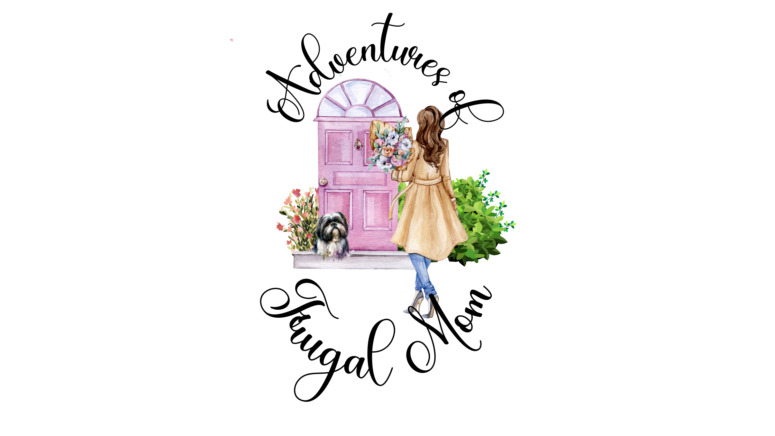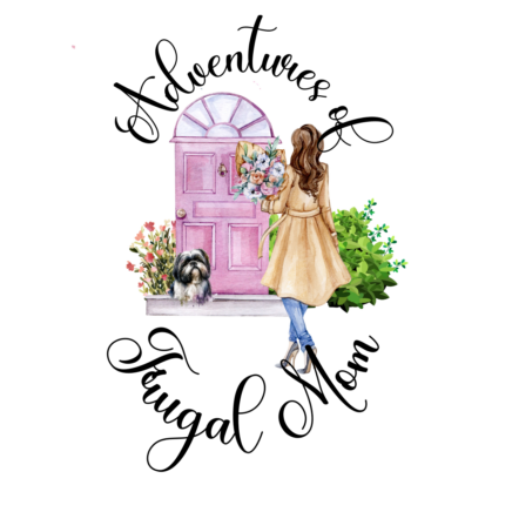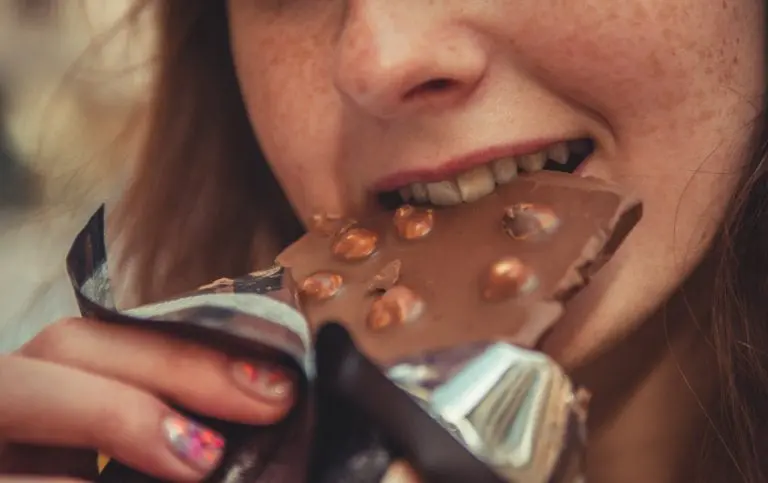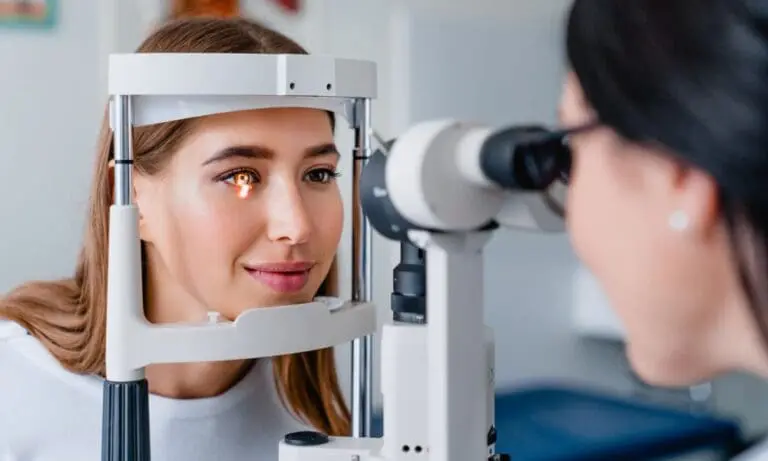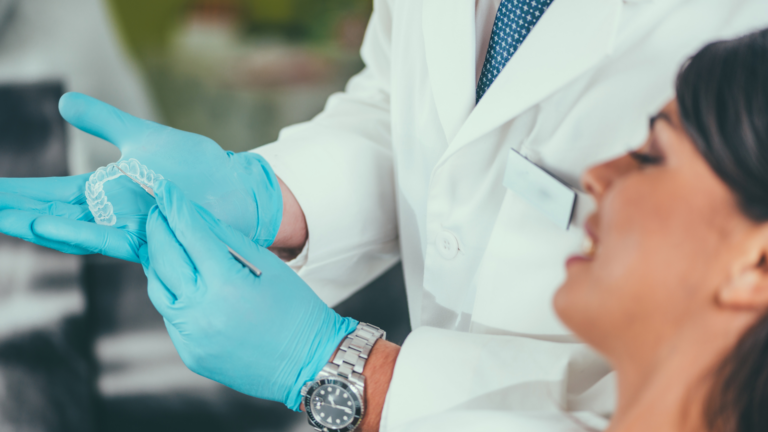5 Ways Motherhood Changes Your Body

Motherhood significantly changes you in more ways than one. After growing an entire human inside of you then pushing it out, it’s no wonder why your body undergoes such a significant transformation during motherhood. Although a large portion of the changes that your body goes through go back to normal after giving birth, some of them stick around forever. If you’re expecting a baby and aren’t sure what kind of changes to anticipate, take a look at some of the most common. Keep reading for ways Motherhood changes your body.
More Stored Fat
Regardless of whether you were naturally thin before pregnancy, you will still store extra fat during the nine months that you carry the baby. Fat is an essential part of being able to house the baby inside you and provide it with the proper nutrients.
While some people lose their pregnancy weight quite easily, others take longer to lose it and may never even lose it at all. As a result, they may turn to liposuction or a tummy tuck to reshape their body to its original form.
Shoe Size
More than half of women claim that their feet size changed completely following having a baby. During pregnancy, the extra pounds on the body affect your feet since they support your weight. As a result, your arch can flatten out, resulting in larger shoe sizes.
In addition to the extra weight affecting the shape of your foot, hormones can also play a role in how elastic your body becomes. Certain hormones can affect elasticity in various places all over your body, including your feet.
Incontinence
Although it doesn’t happen to every woman, giving birth puts you at an increased risk of an uncontrollable bladder. Vaginal delivery puts such stress on your muscles “down there” that it can make it easy to have accidents.
Unfortunately, women who have had c-sections risk incontinence problems too. However, by practicing Kegel exercises, you can strengthen your pelvic muscles and reduce your number of accidents.
Ideally, women should consult with a pelvic floor physiotherapist after giving birth to treat pelvic health-related issues, such as incontinence, pelvic organ prolapse, or weakening of pelvic floor muscles, that arise postpartum. The physiotherapist can take a hands-on approach, such as giving massages and applying pressure on specific areas and guide their patients through the right pelvic floor exercises to help strengthen the pelvic floor muscles, alleviate pelvic pain and discomfort, improve bladder, and reduce pelvic floor prolapse.
Breast Changes
When you are pregnant, one of the first things you notice is the changes in your breasts. They get bigger in anticipation of breastfeeding. When the milk arrives, they get even bigger. When you stop breastfeeding, your breasts shrink down again, in some cases resulting in sagging breasts, also known as ptosis.
Unfortunately, sagging breasts are irreversible without the help of a little surgery.
Stretch Marks
Not everyone experiences stretch marks; however, many pregnant women develop stretch marks on their stomachs and hips. They are a result of rapid weight gain or loss. The bad news is, cream can’t do much to stop them.
Stretch marks are considered genetic and will happen to you if they run in your family. The good news is, however, that they will fade over time.
